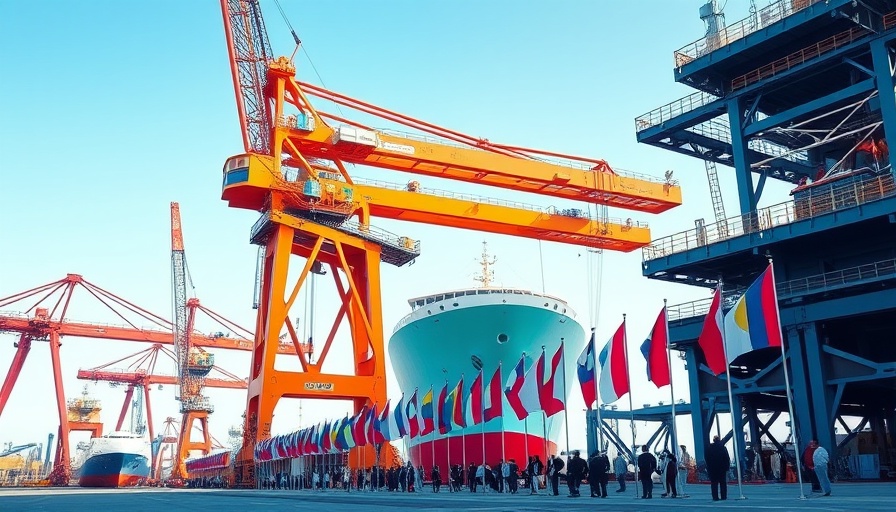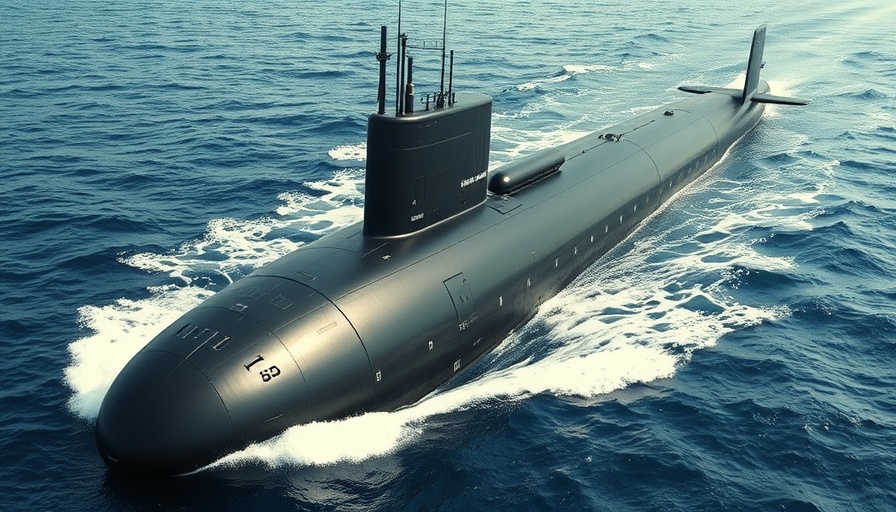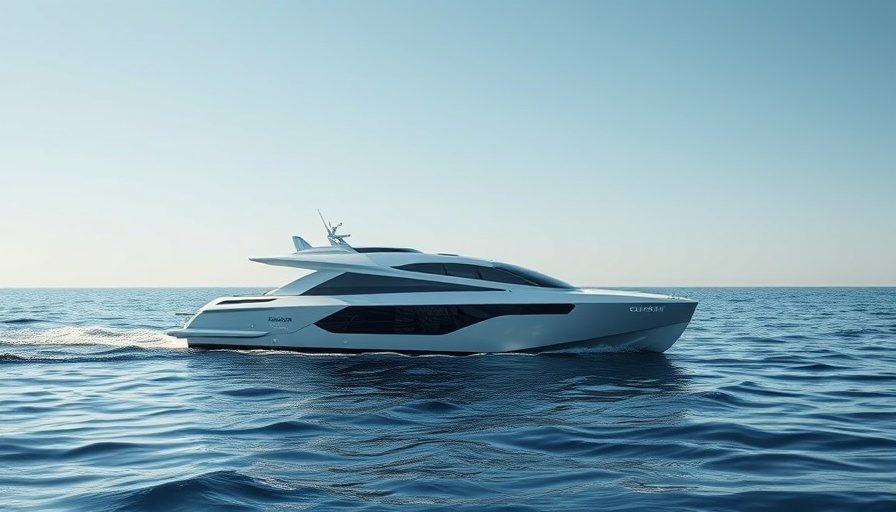
Hanwha Shipping Orders Transformative Fleet of Oil and Chemical Tankers
In a significant development that marks a paradigm shift in U.S. maritime operations, Hanwha Shipping recently announced a monumental order of ten medium-range (MR) oil and chemical tankers from the recently revitalized Hanwha Philly Shipyard. This order not only sets a record as the largest U.S. commercial vessel order in over two decades but also represents the highest value commercial order seen within U.S. shipyards, solidifying a pivotal moment in American shipbuilding history.
Importance of U.S. Maritime Industrial Base Expansion
The significance of this announcement cannot be understated. The vessels are expected to be delivered by early 2029 and will be crucial for transporting crude oil, refined petroleum, and chemical products along the U.S. coast. With this expansion, Hanwha Shipping aims to bolster the U.S. Jones Act fleet — comprised of U.S.-built, U.S.-owned, and U.S.-crewed vessels that operate strictly between U.S. ports.
Ryan Lynch, the President and CEO of Hanwha Shipping, articulated the importance of this investment, emphasizing its potential to create thousands of advanced manufacturing jobs across the country. “These orders are a testament to our commitment to the revitalization of America’s maritime industrial base,” he said.
Forging a Path for LNG Export Expansion
Beyond the MR tankers contract, Hanwha Shipping has also opted to exercise an option for a second liquefied natural gas (LNG) carrier. This, too, is significant, as it follows an earlier historic milestone — the U.S.’s first export-market-viable LNG carrier ordered in almost half a century. The introduction of these LNG carriers feeds into the larger narrative of the U.S. positioning itself as a key player in the global LNG marketplace.
Technological Advancement and Job Creation: A Dual Benefit
Hanwha’s vision includes not just expanding its maritime offerings but also transferring advanced Korean shipbuilding technologies to the U.S. This initiative promises to create a world-class shipbuilding facility in Philadelphia capable of executing next-generation shipbuilding processes, which have the potential to enhance the capabilities of the U.S. maritime sector overall.
The technology transfer strategy is designed to elevate Hanwha Philly Shipyard into a competitive global shipbuilding player slowly. Moreover, creating jobs in advanced manufacturing fields resonates well with national economic goals, coinciding with local demands for skilled labor.
Future Trends in Maritime Transportation
As we look ahead, the maritime industry appears poised for growth driven not just by rising domestic demands but also by increasing international collaborations. By transitioning to next-generation shipbuilding technologies, U.S. shipyards like Hanwha Philly can enhance their productivity and efficiency, responding to a market that increasingly relies on green energy solutions and sustainable practices.
The expansion of operations could eventually lead to a ripple effect, prompting other companies to invest in the U.S. shipbuilding sector. As global shipping policies shift towards sustainability, U.S. shipyards that embrace such changes will be better positioned to lead in niche markets.
Conclusion: A Call for Community Engagement
The developments at Hanwha Philly Shipyard and Hanwha Shipping are not only remarkable due to their economic implications but also due to their potential impact on local communities. The introduction of these vessels and jobs represents a significant investment in the future of American shipbuilding. Regardless of one's stance on maritime policies, the influence of such investments on job creation and technological innovation invites attention and engagement from all sectors. It is a chance to participate in shaping a sustainable future for U.S. maritime industries.
 Add Row
Add Row  Add
Add 




Write A Comment